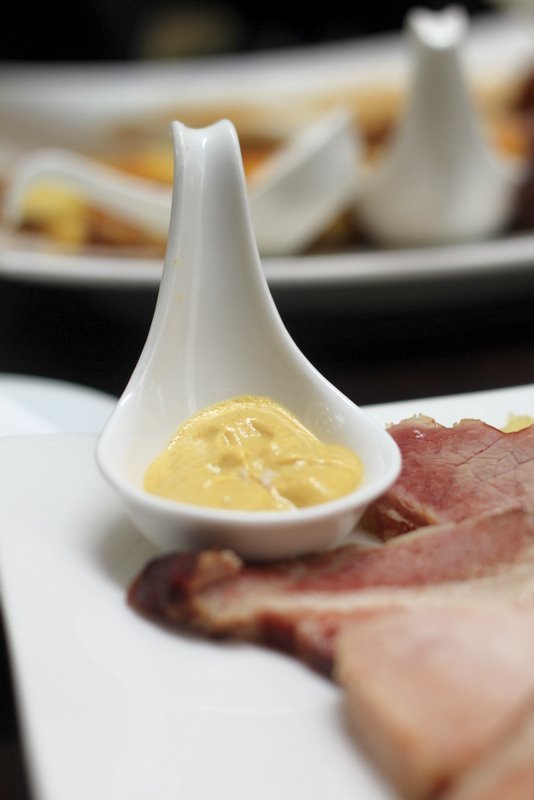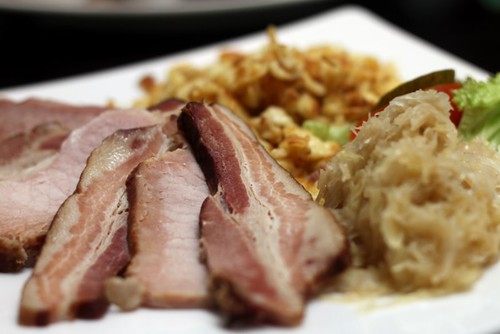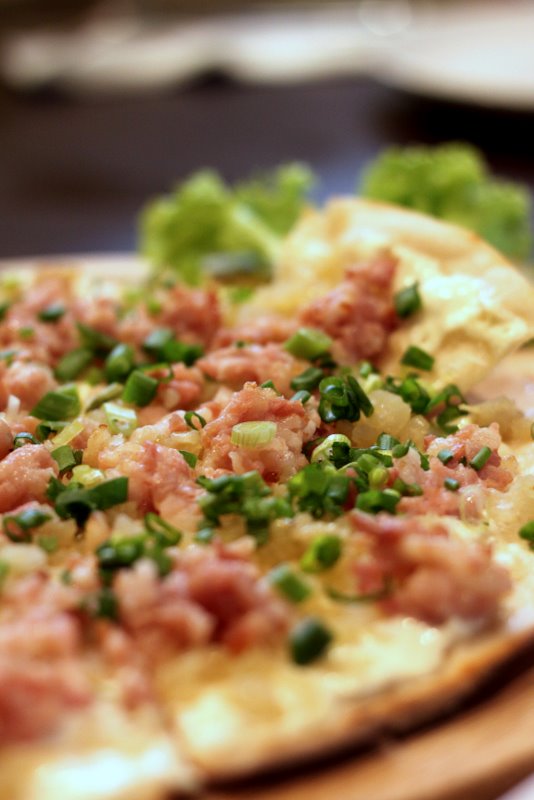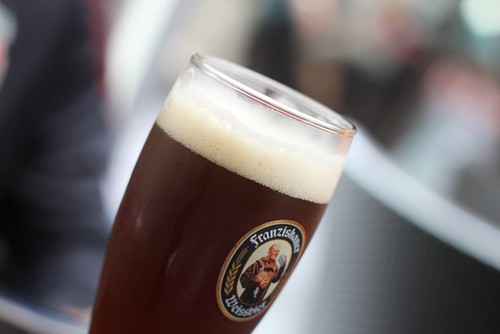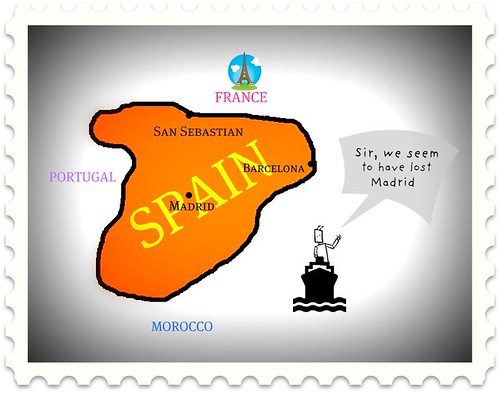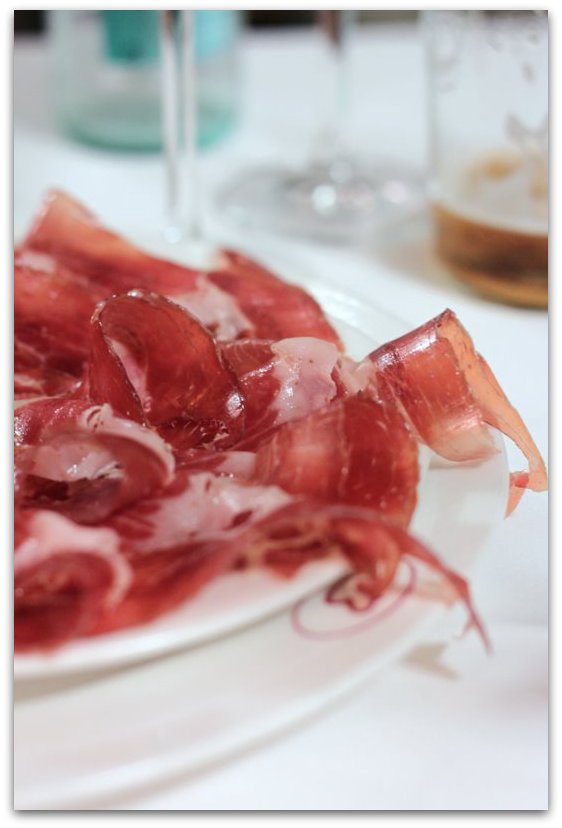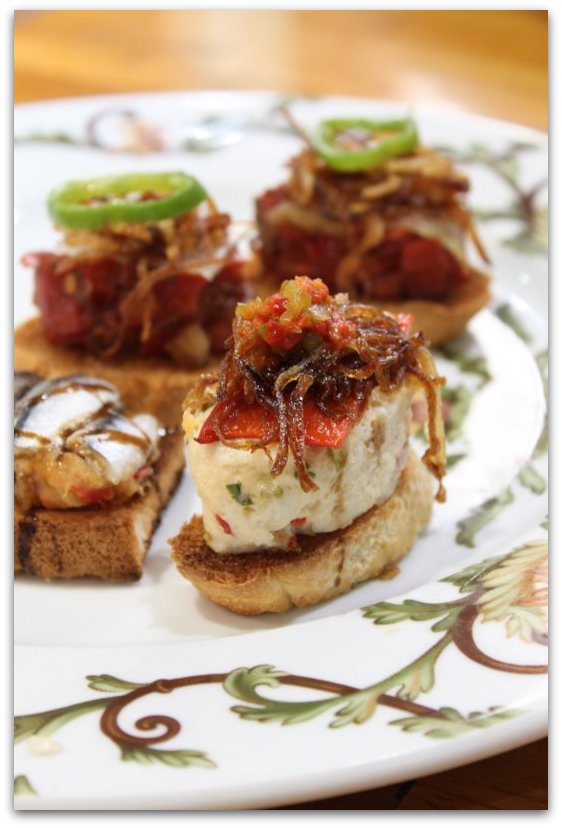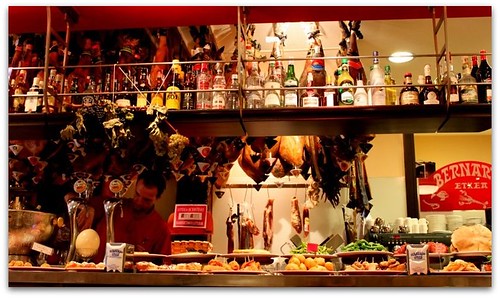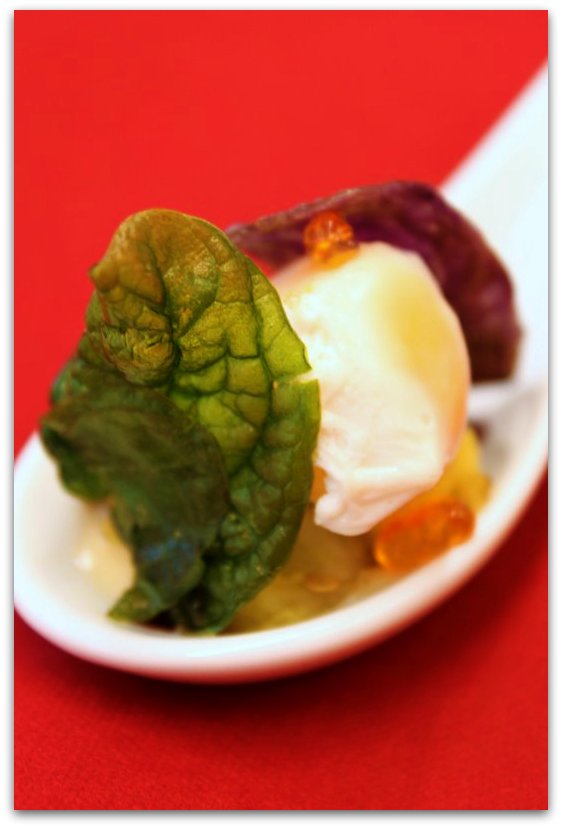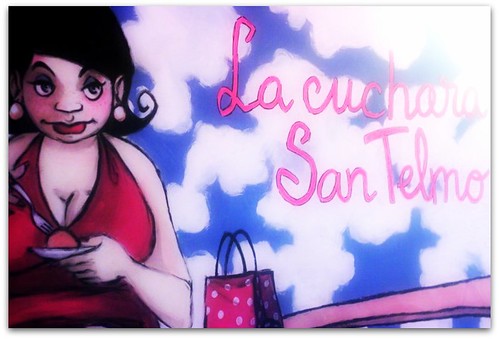Weissbräu is like an EU Summit; a bite of Austrian schnitzel, some hefty German pork knuckles and a visiting Swiss roesti helmed by a jolly Frenchman called Chavanne. In essence, it is a German Bistro with a very casual atmosphere in a semi-open air space just opposite La Bodega on Level 3 of the Pavilion.
Almost all the mains come with a choice of sides, either sauerkraut (shredded cabbage in white wine vinegar) or market vegetables, garlic mash, spaetzli (homemade egg noodles), roesti (shredded potato pan-fried in clarified butter), french fries or potato salad. While roesti isn’t German, this popular Swiss dish has transcended borders and found its way into the menu. If you insist on being a purist, then order the spaetzli. At Weissbräu, they make their own spaetzli from scratch with a device brought in from Germany that allows the dough (flour, egg, salt) to be pressed into boiling water. When the dough rises to the surface, it is removed from the boiling water and put into iced water to stop the cooking process. The spaetzli is then fried with butter and served. My dining companions likened it to fried pancake, and reckoned it would go better with some honey and syrup. Hehe. The spaetzli can also be ordered as a dish on its own, either plain, or cooked with cheese, ham or carbonara sauce.

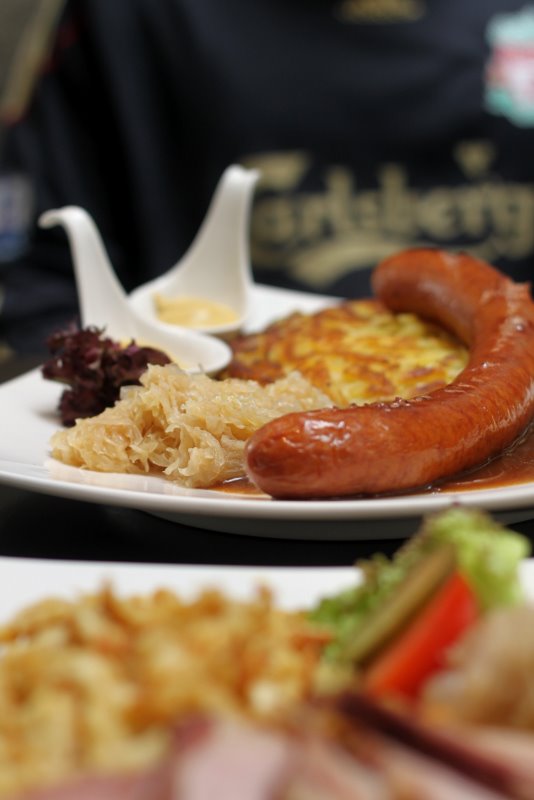
First pic: Nürnberger. Second pic: Schüblig
When it comes to sausages, Germans like their Nürnberger bratwurst, a relatively skinny sausage with spicy, chunky pork meat. The sausages served in Weissbräu are either imported or sourced from a German man in Malaysia; when cooked, the meat is juicy and extremely flavourful, perhaps a little salty but contrasts well with the sauerkraut on the side. The Schüblig sausage is a lot more manly, three times the size of the Nürnberger, but as we all know, size isn’t everything. (Just as well I’m not Catholic or I’ll need to go to Confession now.) The Schüblig is bigger, softer and smoother than its skinnier counterpart, and contains a blend of secret spices, non-fat dried milk and onions and is lightly smoked. Also tasty. The sauce that is poured onto the sausages is made from the lardy drippings from roasting pork knuckles (be still my beating heart), then reduced with red wine and onions, creating a highly addictive sauce that complements the dish so well.
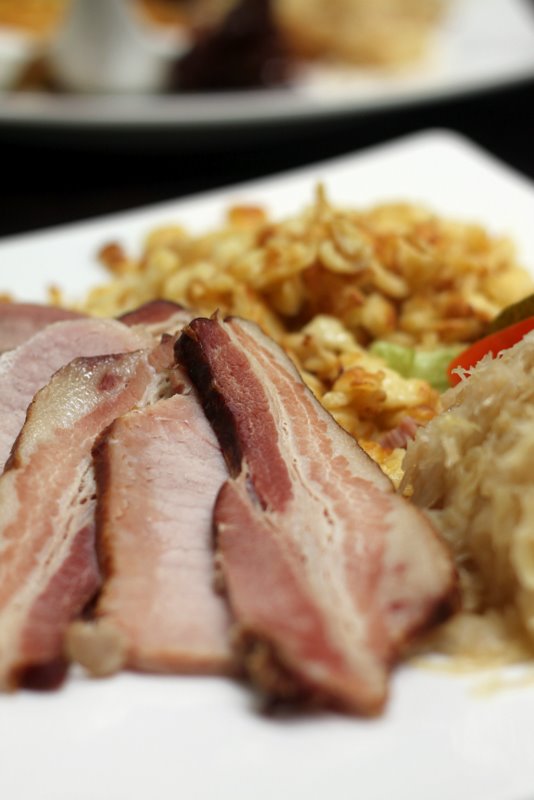

First pic: Pork loin and bacon. Second pic: German pork knuckles
I like the smoked pork loin and bacon which was surprisingly not salty. The dish is served with horseradish and mustard sauce. Despite that, it pales in comparison with the German pork knuckles which are available in two sizes, “single” and “two to four persons”. The single serving is pretty large, though, weighing in at approximately 400 grams and can easily satisfy two moderately hungry people. Like your typical German pork knuckle, the skin is crispy and crunchy. The meat, however, is moist and literally falls off the bone in delicate form. This is probably the best German pork knuckles I’ve eaten in a long time.
A good snack that goes wonderfully with beer is Flammkuchen, a flat bread with toppings that resembles a pizza. Ours was topped with a generous amount of bacon and onions and was very good.
Interestingly enough, the menu is one that tries to please as many people as they can. One very strange item on the menu is the Chinese Roasted Pork (Siu Yoke), but I figure it would go well with beer anyway, and since it’s a German Bistro that serves a good variety of beer on tap like Carlsberg, Hoegaarden, Franziskaner and Leffe Blonde, and an even longer list of bottled beer like Paulaner, Lowenbrau, Becks, Konid Ludwig and Grolsch, it makes sense to enjoy a salty snack like Siu Yoke while drinking.
Weissbräu
Level 3, Pavilion (walkway with restaurants)
Tel: 03-2142 0288
Opens at 10:00am daily to 1:00am (open till 2:00am on Friday & Saturday)
Happy hours throughout the day till 9:00pm
For more reviews, check out Sean’s blog.

